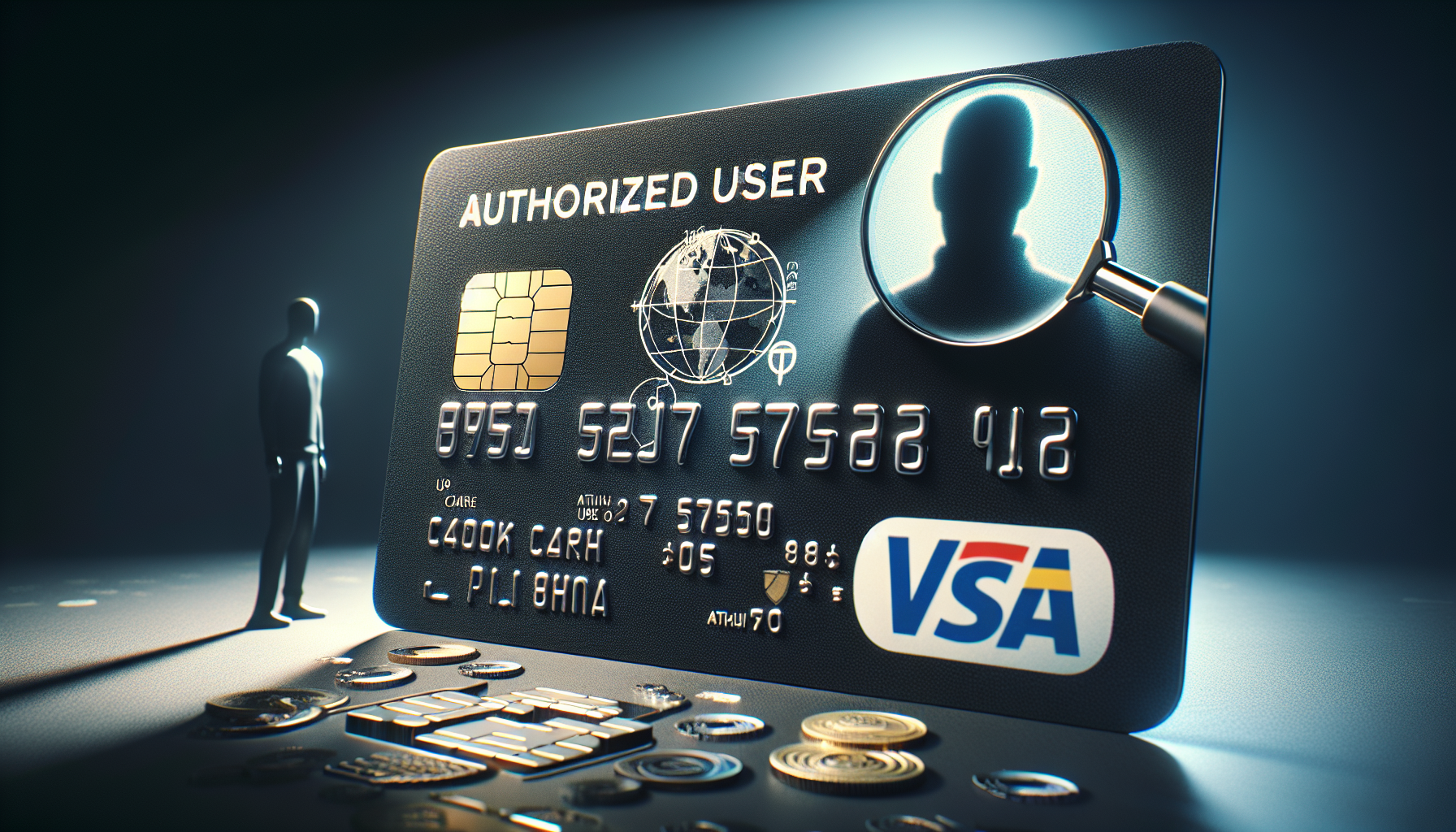What Is An Authorized User on a Credit Card? – Everything You Need to Know
Becoming an authorized user on someone else’s credit card account can be a great way to build credit history without needing to apply for your own card. However, it’s important to understand the responsibilities and potential impacts on your credit before taking this step.
What is an Authorized User on a Credit Card?
Definition of an Authorized User
An authorized user is someone who is added to another person’s credit card account and receives a card to make purchases, but isn’t liable for making payments. The primary cardholder is responsible for paying the balance each month, regardless of who made the charges.
Authorized users can be anyone meeting the credit card issuer’s age requirements, such as a child, spouse, partner, or friend. Being an authorized user allows you to “piggyback” on the primary cardholder’s credit history, potentially improving your own credit score over time.
Relationship Between Authorized User and Primary Cardholder
The primary cardholder maintains full control and responsibility for the credit card account. They can add or remove authorized users, set spending limits, and are ultimately responsible for making payments.
While authorized users aren’t legally obligated to pay the balance, it’s important to discuss budgeting and spending expectations beforehand. Responsible credit habits benefit both parties, as the account’s activity can impact the authorized user’s credit report and score.
Benefits and Risks of Being an Authorized User
Potential Benefits for Authorized Users
Building credit as an authorized user is one of the main advantages. If the card issuer reports authorized user accounts to the credit bureaus, the account’s history will appear on your credit report. Positive payment history and low credit utilization can help improve your credit score over time.
This is especially beneficial for those with limited or no credit history, such as young adults or recent immigrants. Becoming an authorized user provides a way to establish credit without needing to qualify for your own card.
Potential Risks for Authorized Users
However, being an authorized user also comes with potential risks. If the primary cardholder misses payments, maxes out the credit limit, or engages in other negative credit behaviors, it can negatively impact the authorized user’s credit as well.
Additionally, not all card issuers report authorized user accounts to the credit bureaus. In these cases, being an authorized user won’t have any effect on your credit history or score.
How to Add or Remove an Authorized User
Steps to Add an Authorized User
The primary account holder can usually add an authorized user online, over the phone, or by mail. They’ll need to provide the authorized user’s personal information, such as:
- Full name
- Date of birth
- Social Security number (SSN)
- Address
Some issuers, like Capital One, require the authorized user’s SSN and date of birth to comply with identification requirements. Once added, the authorized user will receive their own card linked to the account.
Removing an Authorized User from an Account
If the arrangement no longer works for either party, the primary account holder can remove the authorized user at any time. This usually involves contacting the card issuer and requesting the change.
Keep in mind that removing an authorized user can impact their credit, especially if they have little credit history outside of that account. The account will no longer appear on their credit report, potentially lowering their credit score.
Authorized User vs. Joint Account Holder vs. Co-signer
Differences in Account Access and Responsibilities
It’s important to understand the differences between an authorized user, joint account holder, and co-signer:
| Role | Account Access | Payment Responsibility | Credit Impact |
|---|---|---|---|
| Authorized User | Can make purchases | Not responsible for payments | Account history reported on credit report |
| Joint Account Holder | Full access, can make changes | Equally responsible for payments | Account history reported on credit report |
| Co-signer | No access to account | Responsible for payments if primary cardholder defaults | Account history reported on credit report |
A joint account holder shares equal ownership and responsibility for the credit card account. They can make purchases, request credit limit increases, and are liable for paying the balance. Both account holders’ credit histories are impacted by the account’s activity.
A co-signer, on the other hand, vouches for someone applying for a credit card and agrees to pay the balance if the primary cardholder defaults. The co-signer has no access to the account but is equally responsible for the debt. The account’s history also appears on the co-signer’s credit report.
Tips for Managing Credit as an Authorized User
Communicating with the Primary Cardholder
Clear communication is key to successfully building credit as an authorized user. Discuss expectations for spending limits and payment responsibilities with the primary cardholder before being added to the account.
Keep the lines of communication open and regularly check in about the account’s status. Address any concerns or changes in your arrangement promptly to maintain trust and prevent misunderstandings.
Monitoring Your Credit Reports and Scores
Regularly monitoring your credit reports is crucial to ensure the authorized user account is being reported accurately and to catch any potential issues early. You’re entitled to a free credit report from each of the three major bureaus (Equifax, TransUnion, and Experian) annually through AnnualCreditReport.com.
Additionally, many credit card issuers and personal finance websites offer free credit scores. For example, Capital One provides free access to your TransUnion VantageScore 3.0 credit score through its CreditWise tool. Tracking your score over time can help you understand how your credit habits impact your overall creditworthiness.
Being an authorized user can be a valuable tool for building credit, but it’s important to approach it with open communication, clear expectations, and regular monitoring. By using the account responsibly and maintaining a positive relationship with the primary cardholder, you can leverage this strategy to establish and improve your credit history.
See also:
- What is JPMCB Card Services on My Credit Report? – Explained
- What Is a Good Interest Rate on a Credit Card? – [Your Blog Name]
- What is the Minimum Payment on a Credit Card: Everything You Need to Know
- What Is This Charge On My Credit Card?
- What is the name of the document that tells you what you need to pay on your credit card?

